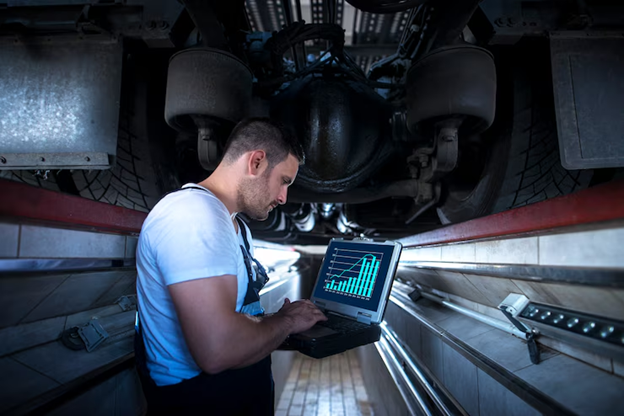
To meet the industry’s needs in modern times, high-efficiency and accuracy are important. Automation is a huge deal that allows manufacturing to succeed in meeting the above goals and processes, and also improves the level of productivity.
Achieving this goal is one of the things that can be done by making use of pneumatic control systems, which simply use compressed air to drive different valves and actuators.
This article explores the key elements of implementing pneumatic controls for industrial automation, highlighting their benefits and considerations.
1. Identifying Applications:
The first step is to identify suitable applications for pneumatic controls within your industrial process. These systems excel in tasks requiring fast actuation, repetitive movements, and precise control.
Air actuated ball valve are used as part of production lines to regulate the flow of fluids and gases. Their simple design makes them reliable and cost-effective for various industrial applications.
2. Pneumatic Components:
The components that form the basis of a simple pneumatic control system include the following: An air compressor is designed to produce pressurized air within its chamber, which in turn is filtered and regulated in order to keep the desired pressure steady.
Electronically-controlled solenoid valves lead the high-pressure air to the actuators of the pneumatic workpiece. These actuators use pressured air to create mechanical force, which makes them operate controls like levers or pistons.
3. Integration with Existing Systems:
The beauty of pneumatic controls lies in their versatility. They can be seamlessly integrated with existing electrical and commercial audio visual systems for a cohesive automation solution.
For instance, sensors within the production line can trigger electrical signals that activate solenoid valves, initiating pneumatic actions. Similarly, commercial audio visual displays can be integrated to provide real-time monitoring and control of the pneumatic system.
4. Benefits of Pneumatic Controls:
A plethora of reasons exist to utilize pneumatics when moving forward with automated industrial processes. The basic design of these machines keeps them running smoothly and makes maintenance a minimal task.
Another important element is that compressed air is readily available and is a relatively cheap form of power. Moreover, the pneumatic systems provide rapid responsiveness and precise control over the operation scenarios, permitting an advanced level of process performance and accuracy.
5. Considerations for Implementation:
While pneumatic controls provide multiple competitors, there are also a couple of aspects that must be paid attention to. Compressed air systems will emit some noise, which may require additional sound insulation facilities.
Moreover, there are possible leaks, which can reduce efficiency and waste energy. It can help to see a certified professional industrial automation specialist right from the planning phases for your pneumatic control system to be the best.
Final Words
The features that make pneumatic controls so crucial for industrial automation are selecting the appropriate applications, a thorough understanding of the elements involved, and being consistent with the current system.
Their stability and cost-effective nature, along with their precision management abilities, make them industrial processes in use nowadays.

